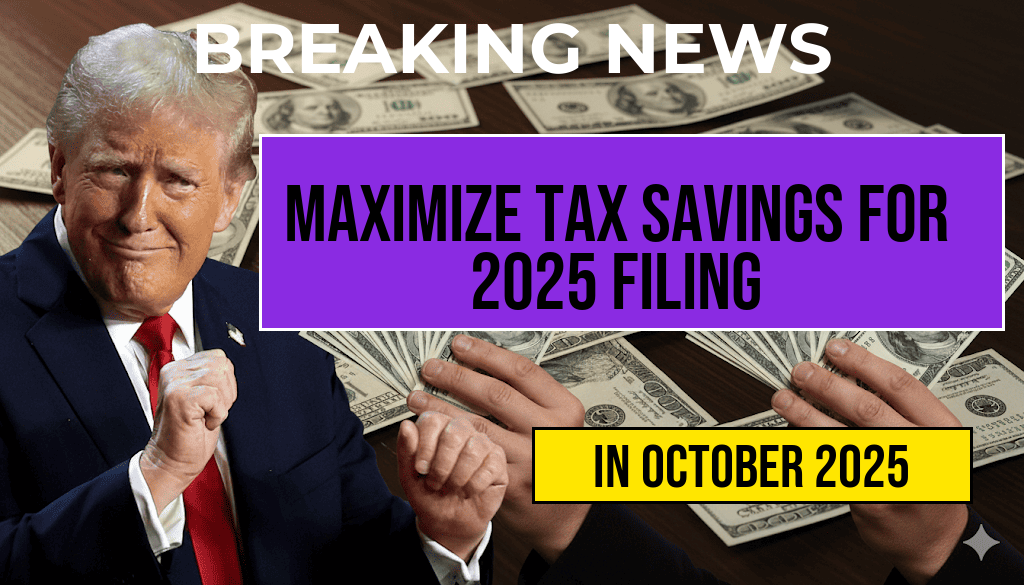As the U.S. prepares for the 2026 tax year, recent adjustments to income tax brackets are set to provide significant savings for retirees. With inflation continuing to impact fixed incomes, these changes could result in over $500 in savings for many individuals. The updated income thresholds, effective starting January 1, 2026, aim to alleviate some of the financial pressures faced by seniors, allowing them to retain more of their hard-earned savings. Understanding these adjustments is crucial for retirees who want to maximize their financial well-being in the coming years.
Understanding the 2026 Tax Bracket Adjustments
The IRS regularly updates tax brackets to account for inflation, and the adjustments for 2026 are no exception. These changes reflect the government’s efforts to ensure that taxpayers are not penalized due to rising costs. The new income thresholds will affect individuals and couples differently, particularly those relying on Social Security and retirement savings.
New Income Thresholds for 2026
| Filing Status | Tax Rate | Income Bracket |
|---|---|---|
| Single | 10% | $0 to $11,000 |
| Single | 12% | $11,001 to $44,725 |
| Married Filing Jointly | 10% | $0 to $22,000 |
| Married Filing Jointly | 12% | $22,001 to $89,450 |
Potential Savings for Retirees
For many retirees, the revised brackets may lead to substantial tax savings. For instance, a single retiree earning $40,000 will notice a decrease in their effective tax rate due to the higher income thresholds, potentially saving them over $500 annually. Couples filing jointly can expect similar benefits, particularly if their combined income falls within the adjusted ranges.
Who Will Benefit the Most?
- Low to Moderate Income Retirees: Those with fixed incomes from pensions and Social Security will benefit significantly, as the adjustments will allow them to keep more of their income.
- Tax-Dependent Seniors: Retirees who rely on taxable retirement accounts will also find the new brackets advantageous, as they may face lower tax liabilities.
- Couples with Combined Incomes: Married couples may see an even greater impact due to the broader income ranges that apply to joint filers.
Looking Ahead: Planning for the Future
As these changes roll into effect, retirees should consider revisiting their financial plans. Tax strategies that worked in previous years may need adjustments to take full advantage of the new brackets. Consulting with a financial advisor can provide personalized insights tailored to individual circumstances and financial goals.
Additional Resources
For more information on the 2026 tax brackets and how they may affect you, consider visiting the IRS official page or check out articles on financial planning at Forbes.
Understanding these adjustments is key for retirees aiming to enhance their financial stability. By staying informed and proactive, seniors can navigate the complexities of tax season with confidence, ultimately leading to a more secure retirement.
Frequently Asked Questions
What are the new income thresholds for retirees in 2026?
The updated income thresholds for retirees in 2026 will allow individuals to save over $500 due to adjustments in tax brackets. These thresholds are designed to reflect inflation and provide better financial relief to seniors.
How will the 2026 bracket adjustments affect my tax liability?
The 2026 bracket adjustments will lower the income tax burden for many retirees by moving them into lower tax brackets, potentially reducing their overall tax liability and increasing their disposable income.
Are these changes applicable to all retirees?
While the changes primarily target retirees, the updated income thresholds may benefit a variety of income levels, particularly those whose incomes fall within the newly established brackets.
When will the 2026 bracket adjustments take effect?
The 2026 bracket adjustments will take effect on January 1, 2026, impacting the tax returns filed for that year and potentially leading to significant savings for eligible retirees.
How can retirees prepare for these upcoming changes?
Retirees can prepare for the 2026 bracket adjustments by reviewing their current income, tax situation, and financial plans to understand how these changes may enhance their savings and overall financial health.





